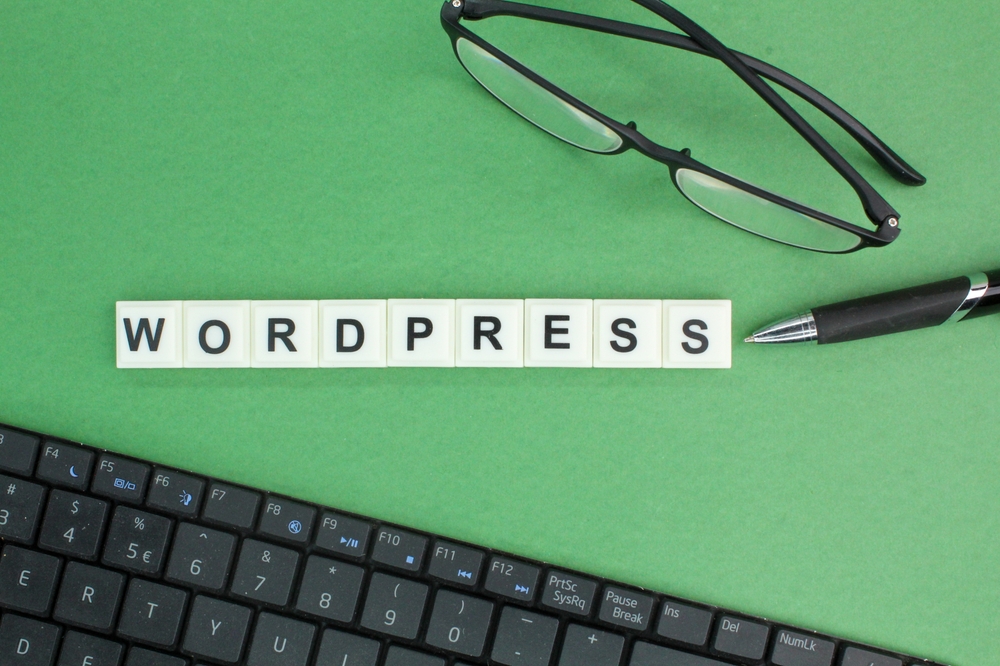
The power and versatility of WordPress have made it one of the most popular content management systems in the world. Whether you're a professional web developer or a novice blogger, knowing how to customize and maintain your WordPress website is crucial for success. In this article, we will explore expert tips and tricks to help you master WordPress (the platform for bloggers) and make the most out of its features and functionalities.
Customizing Your WordPress (WP) Website
One of the most appealing aspects of WordPress is its ability to be customized to suit your specific needs and preferences. From themes to plugins, there are countless options available to make your website truly unique. Here are some expert tips for customizing your WordPress site:
1. Choose the Right Theme: The theme you select will be the foundation of your website's design. Consider your brand, target audience, and the functionality you require when choosing a theme. Look for a responsive theme that is compatible with the latest version of WordPress (or WP) and offers good support.
2. Customize Your Header and Footer: To give your website a personalized touch, customize the header and footer sections. Many themes offer options to upload your logo, change colors, and add social media icons. A consistent and visually appealing header and footer can enhance user experience and reinforce your brand identity.
3. Utilize Custom Menu: WordPress (the blogging platform) allows you to create custom menus that can be easily added to your website's header or sidebar. Take advantage of this feature to simplify navigation and ensure visitors can easily find what they are looking for.
4. Optimize Your Sidebar: The sidebar is a valuable space to display important information such as recent posts, search bars, or social media widgets. However, cluttering it with too many widgets can overwhelm your visitors. Prioritize the most relevant widgets and keep the sidebar clean and organized.
5. Add a Favicon: A favicon is a small icon that appears in the browser tab when someone visits your website. It adds a professional touch and helps users identify your website easily. Create a favicon that represents your brand and upload it using a WordPress plugin or by adding the necessary code to your theme.
Maintaining Your WordPress Website
Just like any other website, maintaining your WordPress site is essential for its performance and security. Here are some tips to help you effectively maintain your WordPress website:
6. Keep WordPress and Plugins Updated: Update your WordPress core files and plugins regularly to ensure you have the latest features and security patches. Outdated versions can leave your website vulnerable to attacks or compatibility issues.
7. Back Up Your Website: Regularly backing up your website is crucial in case of unexpected incidents or data loss. Use a reliable backup plugin to automate the process and store backups off-site, ensuring your data is safe.
8. Optimize Images: Large image files can negatively impact your website's loading speed. Use image optimization plugins to automatically compress images without compromising their quality. This will improve user experience and decrease bounce rates.
9. Monitor and Manage Comments: Engaging with your audience through comments is essential for building a community around your website. However, spam comments can be overwhelming and time-consuming. Install an anti-spam plugin to filter out unwanted comments and streamline the moderation process.
10. Secure Your Website: WordPress is a popular target for hackers. Implement strong passwords, limit login attempts, and install security plugins to fortify your website's defenses. Regularly scan your website for vulnerabilities and take immediate action to address any security issues.
Frequently Asked Questions
Q1. How do I install WordPress?
A1. Installing WordPress is a straightforward process. Most web hosting providers offer one-click installation options through their control panel. Simply follow the on-screen instructions, and you'll have WordPress up and running in no time.
Q2. Can I customize my WordPress theme further?
A2. Yes, you can customize your theme even further by modifying the theme's CSS code or creating a child theme. However, it is recommended to have a basic understanding of HTML and CSS before making any changes to the code.
Q3. Are there any free themes available?
A3. Yes, WordPress offers a wide range of free themes in its official theme directory. These themes are a great starting point for beginners and can be customized to suit your website's needs.
Q4. Can I add new functionality to my WordPress website?
A4. Yes, you can extend the functionality of your WordPress website by installing plugins. There are thousands of plugins available in the WordPress plugin repository, covering various needs such as SEO, security, contact forms, and more.
Q5. How can I improve my website's speed?
A5. To improve your website's speed, optimize your images, use a caching plugin, and choose a reliable hosting provider. Minimizing the number of HTTP requests and using a content delivery network (CDN) can also significantly improve performance.
In conclusion, mastering WordPress requires a combination of customization and effective maintenance. By implementing the expert tips provided in this article, you can create a visually appealing and user-friendly website while ensuring optimum performance and security. Stay updated with the latest WordPress developments and continuously seek out new plugins and themes to enhance your website's capabilities.
Other useful resources
- https://www.wordpress24plus.com
- https://www.wordpress24plus.com/services/wordpress-development/